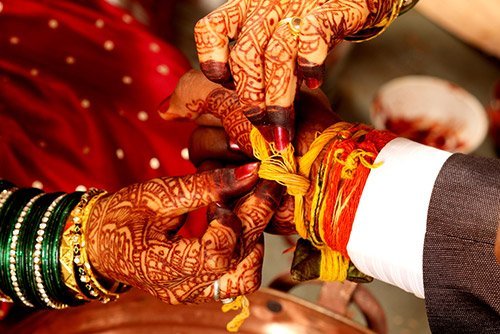SAPINDA AND DEGREES OF PROHIBITED RELATIONSHIP- AN ANALYSIS
Authors: Muskaan Dalal, Student of Bennett University, Times of India Group
Best Citation – Muskaan Dalal, SAPINDA AND DEGREES OF PROHIBITED RELATIONSHIP- AN ANALYSIS, Indian Journal of Legal Review (IJLR), 3 (1) of 2023, Pg. 237-243, ISSN – 2583-2344.
ABSTRACT
Prior to the enactment of the Hindu Marriage Act in 1955, marriages in India were based on various shrutis, smritis and shastras and there was no uniform set of rules. Many times, the marriages also involved incest. This is against the principles of morality and is also not good for the overall health of the population as it would narrow the human gene pool. Sapinda and degrees of prohibited are the essentials to Hindu marriage under the Hindu Marriage Act, 1955. The persons marrying each other must not be sapindas of each other and should not be within the scope of degrees of prohibited relationship defined under the Act. However, there is an exception to the rule which relates to the custom or usage which permits anything of this sort. Sapinda has been defined under Section 3(f) of the Hindu Marriage Act, 1955, it states that if two people are related to each other through common ancestors, with extends to three generations of the mother’s side and five generations of the father’s side. Degrees of prohibited relationship have been defined under Section 3(g) of the act. This section states certain relations in which marriage cannot take place like descendants. So, according to the Hindu Law, marriage cannot take place among the people who are pindas to each other or who come under the prohibited relationships under the act. These topics are analyzed in detail along with relevant case laws. This paper discusses the meaning of Sapinda and degrees of prohibited relationship in detail while analyzing their scope under the essentials of the Hindu marriage under Hindu Law. The paper discusses the provisions relating to these two concepts as well as who comes under these relationships. In this regard, the concept of full blood, half blood and uterine blood have also been discussed. The paper also contrasts the current provisions in the Hindu Marriage Act with the provisions in the ancient law as inscribed in the Mitakshara and Dayabhaga schools of law.
